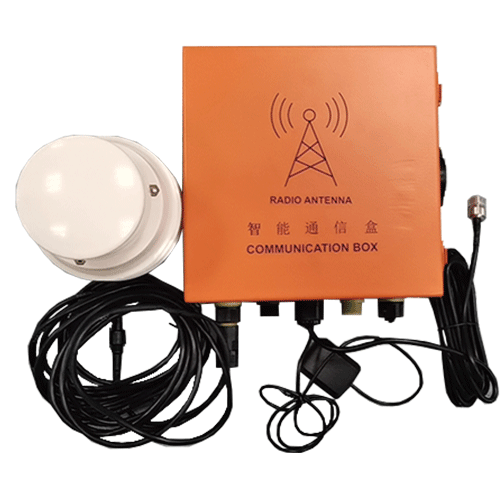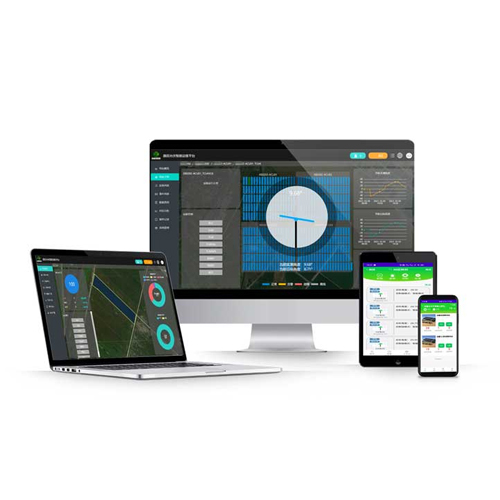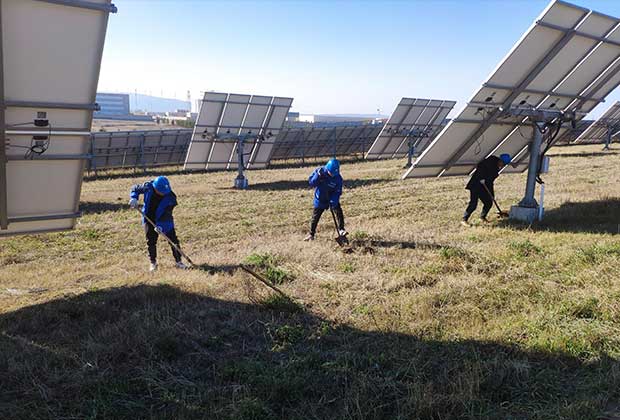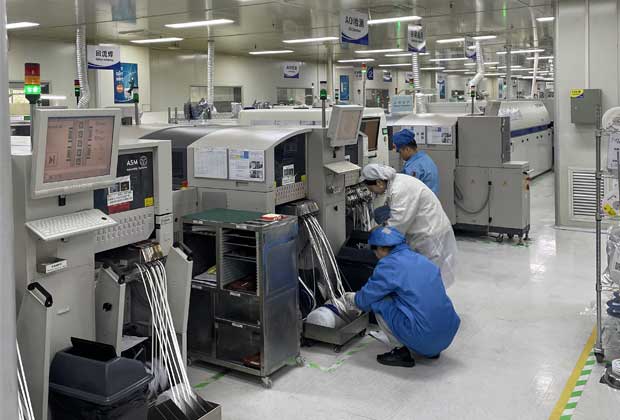In the quest for more efficient solar energy production, single-axis solar tracker controllers have emerged as a vital technology. These controllers are responsible for ensuring that solar panels are always oriented to capture the maximum amount of sunlight. In this blog, we'll delve into the inner workings of single-axis solar tracker controllers and understand how they function to optimize solar energy generation.
The Basics of Single-Axis Solar Tracking
Before we explore the technology behind single-axis tracker controllers, let's briefly recap how single-axis solar tracking operates.
Single-axis solar tracking involves the adjustment of solar panels along a single axis, typically from east to west. This movement allows the panels to follow the sun as it travels across the sky. By tracking the sun's path, solar panels can maintain an optimal angle to capture sunlight throughout the day, significantly increasing energy output compared to fixed-angle panels.
Key Components of Single-Axis Tracker Controllers
Single-axis solar tracker controller consists of several essential components that work together seamlessly to achieve precise solar tracking. Here's a breakdown of these components:
Sensors
Solar tracker controllers are equipped with sensors that monitor the position and intensity of sunlight. These sensors continuously gather data on the sun's location in the sky, allowing the controller to make real-time adjustments to panel orientation.
Control Algorithm
The heart of any solar tracker controller is its control algorithm. This software analyzes data from the sensors and calculates the optimal angle for the solar panels to face the sun. It then sends commands to the tracker motors for precise adjustments.
Tracker Motors and Actuators
Tracker motors and actuators are responsible for physically moving the solar panels. They receive commands from the control algorithm and adjust the panels' angle along the east-west axis. These motors must be highly precise to ensure accurate solar tracking.
Power Supply and Communication
To function effectively, single-axis tracker controllers require a stable power supply. They are often equipped with communication interfaces to enable remote monitoring and control. Operators can access data and make adjustments to the solar tracking control system as needed.
How Single-Axis Tracker Controllers Achieve Precision
The precision of single-axis solar tracker controllers is achieved through a combination of advanced technology and real-time data analysis:
Sun Position Calculation: The controller's control algorithm calculates the sun's position based on the date, time, and location of the solar installation. This calculation takes into account factors such as latitude, longitude, and the Earth's axial tilt.
Continuous Tracking: The control algorithm continuously updates the panel's position as the sun moves across the sky. It makes micro-adjustments to ensure that the panels are always facing the sun at the optimal angle for maximum energy capture.
Weather Adaptation: Many single-axis tracker controllers are equipped with weather sensors to account for cloudy or overcast conditions. During adverse weather, the controller may adjust the panel angle to minimize potential damage from high winds.
Single-axis solar tracker controllers are a remarkable technology that has revolutionized solar energy production. By harnessing the power of sensors, control algorithms, tracker motors, and real-time data analysis, these controllers ensure that solar panels are always positioned to capture the maximum amount of sunlight. As solar energy continues to play a pivotal role in our transition to clean and sustainable energy sources, understanding the technology behind single-axis tracker controllers is essential for optimizing solar power generation.
 English
English  中文
中文




